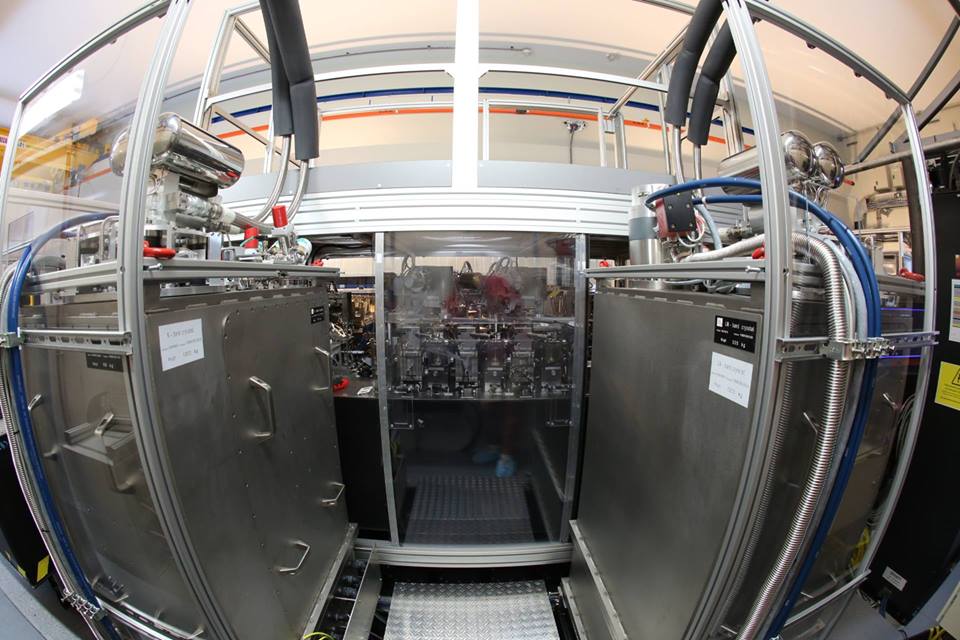The hierarchical fringe tracker
The full VLTI exploitation requires an substantial extension of its limit of sensitivity. For conceptual reasons, the currently best fringe tracker, namely GRAVITY, limits the VLTI sensitivity to K~11 (with the UTs). To go beyond this limit and gain 3 to 4 magnitudes, we study a concept called the hierarchical fringe tracker. Such a concept will allow us to obtain detailed images of disks around young solar-mass stars (T Tauri) or dust tores of the brightest AGNs, and to resolve the BLR of tens of quasars, converting them as cosmological probes to provide masses and direct measurement of distances up to z~3. The main goal of the HFT project is to provide a new generation fringe tracker for the VLTI by 2020-2021 to reach K~14 sensitivity.
Visible instrumentation
In the framework of CHARA, we prepare the development of a new visible instrumentation. These research works are threefolds:
- the development of an prototype instrument (FRIEND - test concepts/technologies)
- the definition of scientific cases
- a structured VIS6T project - visible instrument enabling the recombination of 6 telescopes that are equipped with adaptive optics.
 Image Fish Eye image of the MATISSE instrument
Image Fish Eye image of the MATISSE instrument
for the VLTI (© Yves Bresson).




